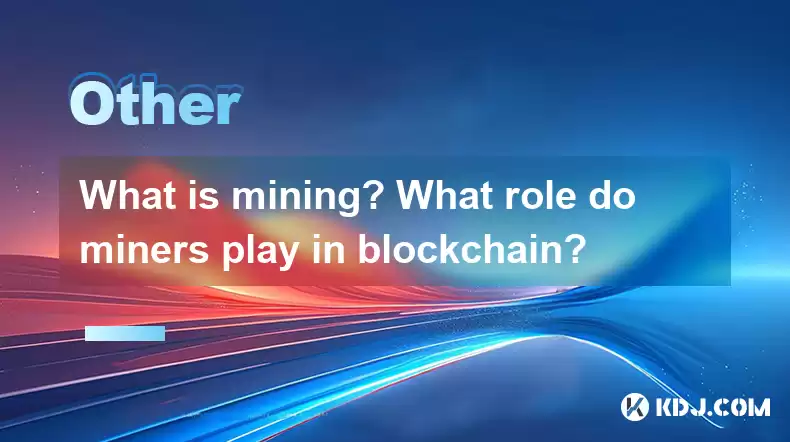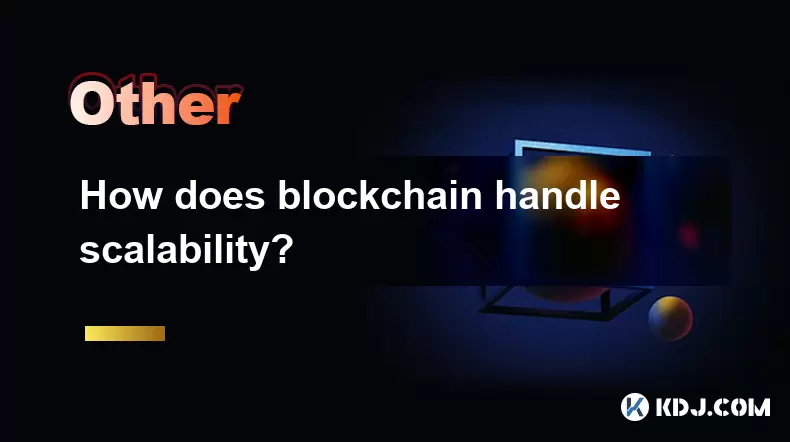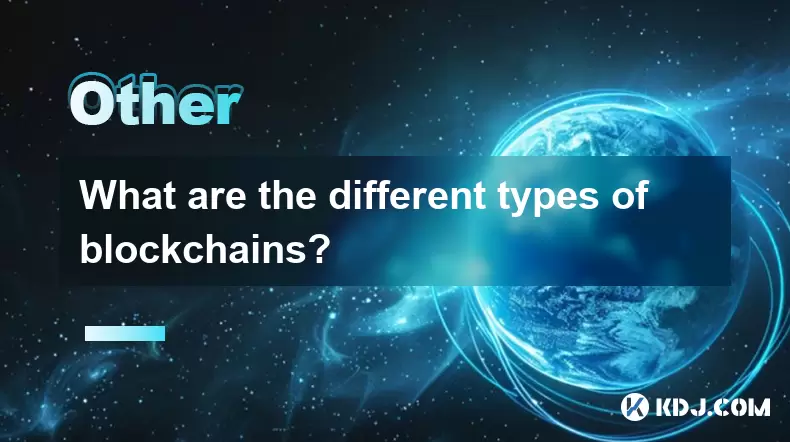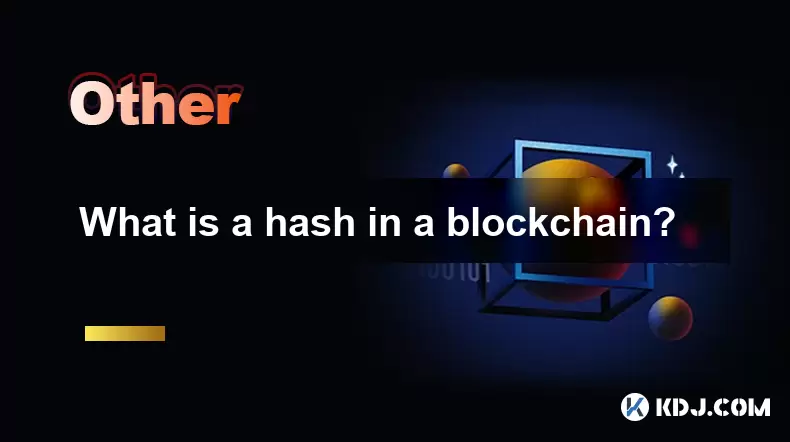-
 Bitcoin
Bitcoin $112400
-1.07% -
 Ethereum
Ethereum $3409
-3.27% -
 XRP
XRP $2.784
-6.60% -
 Tether USDt
Tether USDt $0.9997
-0.03% -
 BNB
BNB $739.3
-2.09% -
 Solana
Solana $158.0
-2.90% -
 USDC
USDC $0.9998
-0.02% -
 TRON
TRON $0.3213
-0.94% -
 Dogecoin
Dogecoin $0.1929
-5.01% -
 Cardano
Cardano $0.6974
-2.82% -
 Hyperliquid
Hyperliquid $36.69
-2.31% -
 Sui
Sui $3.327
-4.80% -
 Stellar
Stellar $0.3672
-5.18% -
 Chainlink
Chainlink $15.65
-3.07% -
 Bitcoin Cash
Bitcoin Cash $525.0
-1.68% -
 Hedera
Hedera $0.2291
-6.00% -
 Avalanche
Avalanche $20.91
-2.96% -
 Ethena USDe
Ethena USDe $1.000
0.00% -
 Toncoin
Toncoin $3.520
-1.12% -
 UNUS SED LEO
UNUS SED LEO $8.968
0.14% -
 Litecoin
Litecoin $105.7
0.26% -
 Shiba Inu
Shiba Inu $0.00001181
-1.79% -
 Polkadot
Polkadot $3.492
-2.08% -
 Uniswap
Uniswap $8.800
-3.10% -
 Dai
Dai $0.9999
-0.01% -
 Monero
Monero $289.9
-3.17% -
 Bitget Token
Bitget Token $4.243
-1.27% -
 Pepe
Pepe $0.00001006
-3.67% -
 Cronos
Cronos $0.1248
-5.68% -
 Aave
Aave $249.7
-2.50%
What is mining? What role do miners play in blockchain?
Mining is crucial for validating transactions and securing blockchain networks, with miners rewarded in cryptocurrency for solving complex mathematical problems.
Apr 28, 2025 at 07:42 am

Mining is a critical process in the world of cryptocurrencies, particularly within blockchain networks. It involves the use of computational power to solve complex mathematical problems, which in turn validates transactions and adds them to the blockchain. This process is essential for maintaining the integrity and security of the blockchain. Miners are the individuals or entities that perform this task, and they are rewarded with cryptocurrency for their efforts. The role of miners extends beyond just transaction validation; they are fundamental to the operation and security of the entire blockchain ecosystem.
What is Mining?
Mining is the process by which new cryptocurrency units are created and transactions are verified and added to the blockchain. This process involves solving cryptographic puzzles, which requires significant computational power. The first miner to solve the puzzle gets to add a new block of transactions to the blockchain and is rewarded with newly minted cryptocurrency, as well as transaction fees.
The complexity of these puzzles is adjusted periodically to ensure that new blocks are added at a consistent rate, regardless of the total computational power of the network. This adjustment mechanism is known as the difficulty adjustment. For example, in Bitcoin, the difficulty is adjusted every 2,016 blocks, or approximately every two weeks, to maintain a target block time of 10 minutes.
The Role of Miners in Blockchain
Miners play several crucial roles in the blockchain ecosystem. Firstly, they validate transactions. When a user initiates a transaction, it is broadcast to the network. Miners collect these transactions into a pool and verify their validity. This includes checking that the sender has the necessary funds and that the transaction adheres to the network's rules.
Secondly, miners secure the network. By solving cryptographic puzzles, miners create a chain of blocks that is extremely difficult to alter. Each block contains a reference to the previous block, creating a chain that is secured by the computational effort required to solve the puzzles. This makes it nearly impossible for malicious actors to alter past transactions, as they would need to redo the work for all subsequent blocks.
Thirdly, miners maintain the decentralized nature of the blockchain. By participating in the mining process, individuals and entities from around the world contribute to the network's operation. This decentralization ensures that no single entity can control the blockchain, enhancing its security and resilience.
How Mining Works
The mining process can be broken down into several steps:
- Transaction Collection: Miners gather unconfirmed transactions from the network into a transaction pool.
- Transaction Verification: Miners verify the validity of these transactions, ensuring that the sender has the necessary funds and that the transaction adheres to the network's rules.
- Block Creation: Miners create a new block containing the verified transactions.
- Proof of Work: Miners compete to solve a cryptographic puzzle, which requires significant computational power. The first miner to solve the puzzle gets to add the new block to the blockchain.
- Block Addition: Once a miner solves the puzzle, the new block is broadcast to the network, where it is verified by other nodes. If the block is valid, it is added to the blockchain.
- Reward Distribution: The miner who solved the puzzle is rewarded with newly minted cryptocurrency and transaction fees.
Types of Mining
There are several types of mining, each with its own characteristics and requirements:
- Proof of Work (PoW): This is the most common type of mining, used by networks like Bitcoin. Miners compete to solve complex mathematical problems, and the first to solve the puzzle gets to add a new block to the blockchain.
- Proof of Stake (PoS): In PoS systems, miners are chosen to create new blocks based on the number of coins they hold and are willing to "stake" as collateral. This method is less energy-intensive than PoW and is used by networks like Ethereum 2.0.
- Cloud Mining: This involves renting computational power from a third-party provider to mine cryptocurrencies. It allows individuals to participate in mining without the need for expensive hardware.
- Pool Mining: Miners join together in a pool to combine their computational power and share the rewards. This increases the chances of solving the cryptographic puzzle and receiving a reward.
The Economics of Mining
Mining is not just a technical process; it also has significant economic implications. The rewards that miners receive for their efforts are a key incentive for participating in the network. These rewards consist of newly minted cryptocurrency and transaction fees. The value of these rewards can fluctuate based on the price of the cryptocurrency and the number of transactions being processed.
However, mining also comes with costs. The primary cost is the electricity required to power the mining hardware. As the difficulty of the cryptographic puzzles increases, miners need more powerful and energy-efficient hardware to remain competitive. This has led to the development of specialized mining equipment, such as Application-Specific Integrated Circuits (ASICs), which are designed specifically for mining.
Challenges and Considerations
Mining is not without its challenges. One of the main issues is the centralization of mining power. As mining becomes more competitive, it often becomes dominated by large mining pools and entities with access to significant resources. This can lead to concerns about the decentralization of the network.
Another challenge is the environmental impact of mining. The energy consumption associated with mining, particularly in PoW systems, has raised concerns about its sustainability. Efforts are being made to develop more energy-efficient mining methods and to transition to less energy-intensive consensus mechanisms like PoS.
Additionally, miners must consider the regulatory environment. Different countries have varying regulations regarding cryptocurrency mining, which can impact the profitability and feasibility of mining operations. Miners must stay informed about these regulations and adapt their operations accordingly.
Frequently Asked Questions
Q: Can anyone become a miner?
A: Yes, anyone with the necessary hardware and software can become a miner. However, the profitability of mining depends on factors such as the cost of electricity, the price of the cryptocurrency, and the mining difficulty. For most individuals, joining a mining pool is a more viable option than solo mining.
Q: What is the difference between mining and staking?
A: Mining typically refers to the process of solving cryptographic puzzles in a Proof of Work system, while staking involves holding and "locking up" a certain amount of cryptocurrency to participate in the validation of transactions in a Proof of Stake system. Both processes help secure the network and validate transactions, but they use different mechanisms and have different energy requirements.
Q: How does the mining difficulty affect the mining process?
A: The mining difficulty is a measure of how hard it is to solve the cryptographic puzzle required to add a new block to the blockchain. As more miners join the network and the total computational power increases, the difficulty is adjusted to maintain a consistent block time. A higher difficulty means that miners need more powerful hardware to solve the puzzle and earn rewards.
Q: What happens if two miners solve the puzzle at the same time?
A: In the event that two miners solve the puzzle and add a new block to the blockchain at the same time, a temporary fork can occur. The network will continue to work on both branches until one branch becomes longer than the other. The longer branch is then accepted as the valid blockchain, and the transactions in the shorter branch are returned to the transaction pool to be included in future blocks.
Disclaimer:info@kdj.com
The information provided is not trading advice. kdj.com does not assume any responsibility for any investments made based on the information provided in this article. Cryptocurrencies are highly volatile and it is highly recommended that you invest with caution after thorough research!
If you believe that the content used on this website infringes your copyright, please contact us immediately (info@kdj.com) and we will delete it promptly.
- Ruvi AI: The AI Token on Cardano Set to Dominate After CMC Listing
- 2025-08-03 04:50:12
- Bitcoin, MicroStrategy, and Institutional Confidence: A Bullish Trifecta?
- 2025-08-03 04:30:12
- Ruvi AI Token: Price Hike Imminent After Presale Milestone?
- 2025-08-03 04:30:12
- Ruvi AI: The Millionaire Maker with a Price Spike on the Horizon?
- 2025-08-03 02:50:12
- DOGE, Utility Coins, and Smart Money: A New Era for Crypto Investing?
- 2025-08-03 02:50:12
- Punisher Coin: Is This Meme Coin the Crypto Investment with 100x ROI Potential?
- 2025-08-03 03:30:12
Related knowledge

What is the difference between on-chain and off-chain transactions?
Aug 02,2025 at 04:22pm
Understanding On-Chain TransactionsOn-chain transactions refer to digital asset transfers that are recorded directly on a blockchain ledger. These tra...

What is the double-spending problem and how does blockchain prevent it?
Aug 02,2025 at 01:07pm
Understanding the Double-Spending ProblemThe double-spending problem is a fundamental challenge in digital currency systems where the same digital tok...

What is the difference between a blockchain and a database?
Aug 01,2025 at 09:36pm
Understanding the Core Structure of a BlockchainA blockchain is a decentralized digital ledger that records data in a series of immutable blocks linke...

How does blockchain handle scalability?
Aug 02,2025 at 02:58pm
Understanding Blockchain Scalability ChallengesBlockchain scalability refers to a network's ability to handle an increasing volume of transactions wit...

What are the different types of blockchains?
Aug 03,2025 at 03:01am
Public Blockchains: Open and Decentralized NetworksPublic blockchains are the most widely recognized type of blockchain, characterized by their open a...

What is a hash in a blockchain?
Aug 02,2025 at 05:28am
Understanding the Concept of Hash in BlockchainA hash in the context of blockchain technology refers to a unique digital fingerprint generated by a cr...

What is the difference between on-chain and off-chain transactions?
Aug 02,2025 at 04:22pm
Understanding On-Chain TransactionsOn-chain transactions refer to digital asset transfers that are recorded directly on a blockchain ledger. These tra...

What is the double-spending problem and how does blockchain prevent it?
Aug 02,2025 at 01:07pm
Understanding the Double-Spending ProblemThe double-spending problem is a fundamental challenge in digital currency systems where the same digital tok...

What is the difference between a blockchain and a database?
Aug 01,2025 at 09:36pm
Understanding the Core Structure of a BlockchainA blockchain is a decentralized digital ledger that records data in a series of immutable blocks linke...

How does blockchain handle scalability?
Aug 02,2025 at 02:58pm
Understanding Blockchain Scalability ChallengesBlockchain scalability refers to a network's ability to handle an increasing volume of transactions wit...

What are the different types of blockchains?
Aug 03,2025 at 03:01am
Public Blockchains: Open and Decentralized NetworksPublic blockchains are the most widely recognized type of blockchain, characterized by their open a...

What is a hash in a blockchain?
Aug 02,2025 at 05:28am
Understanding the Concept of Hash in BlockchainA hash in the context of blockchain technology refers to a unique digital fingerprint generated by a cr...
See all articles

























































































